Sewing is a skill that has been passed down for centuries, and the tools used in this craft have evolved over time. From hand-stitched garments to modern-day sewing machines, these tools have helped us create beautiful clothes and crafts. In this article, we will take a closer look at the different sewing tools and their names.
1. Sewing Machine
The sewing machine is the most essential tool for any sewer. It is a mechanical or computerized device used to stitch fabrics together with thread. A sewing machine has a foot pedal that controls the speed, a needle, and a bobbin that holds the thread. With a variety of stitches and settings, a sewing machine makes sewing faster and more precise.
2. Scissors
Scissors are an indispensable tool in sewing. They come in different sizes and shapes, depending on their purpose. There are fabric scissors with sharp blades for precise cutting, embroidery scissors with a small pointed tip for trimming threads, and pinking shears that create a zigzag edge and prevent fraying. Choosing the right scissors for the job is crucial for achieving clean and accurate cuts.
3. Pins and Needles
Pins and needles are used to hold fabrics in place while sewing. They come in various lengths, sizes, and thicknesses. Straight pins with a ball head are commonly used for sewing, while T-pins are used for upholstery and heavier fabrics. Hand sewing needles have different sizes and eye shapes, with smaller sizes used for finer fabrics and larger sizes for thicker fabrics. The type of needle used also varies depending on the type of stitch and fabric.
4. Measuring Tape
Measuring tape is an essential tool for taking body measurements and marking fabric for cutting. It is a long, flexible tape made of fabric or plastic and comes in different lengths. Body measuring tapes are usually longer and more flexible compared to the stiffer and shorter ones used for fabric. It’s important to have measuring tape handy to ensure precise and accurate measurements for a perfect fit.
5. Seam Ripper
Have you ever sewn the wrong seam or made a mistake? That’s where the seam ripper comes in. This small but mighty tool is designed to unpick seams and stitches without damaging the fabric. It has a small hook-like head that can fit into tight stitches and cut them easily. Seam rippers come in handy when fixing mistakes or altering clothing.
6. Iron and Ironing Board
An iron and ironing board may not seem like traditional sewing tools, but they play a critical role in creating professional-looking garments. Ironing fabric before and after sewing helps remove wrinkles and creases, making sewing more comfortable and more accurate. It also helps in creating clean and crisp edges for a polished look.
7. Marking Tools
Marking tools are used to transfer markings from a pattern onto fabric. Tailor’s chalk, disappearing ink pens, and quilter’s pencils are commonly used to mark fabrics. They are available in a variety of colors and are easily removable or washable. Some marking tools have a finer tip, making it easier to mark intricate details and patterns.
Conclusion
These are just some of the many tools used in sewing. They may seem like simple tools, but they play a crucial role in creating beautiful and functional garments. Each tool has its unique purpose and use, making sewing faster, more precise, and more enjoyable. As you continue to explore the world of sewing, you will discover even more tools and their names, adding to your sewing knowledge and skills.
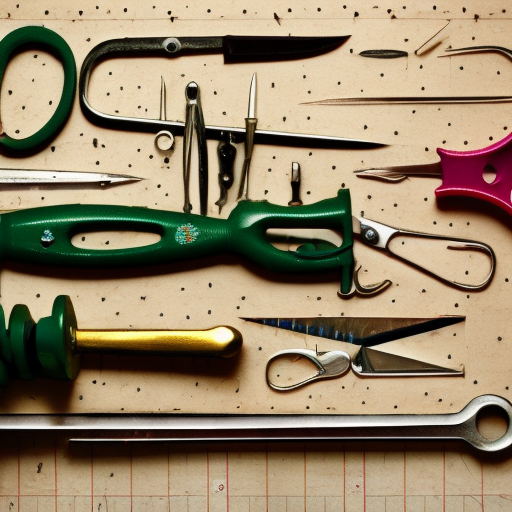
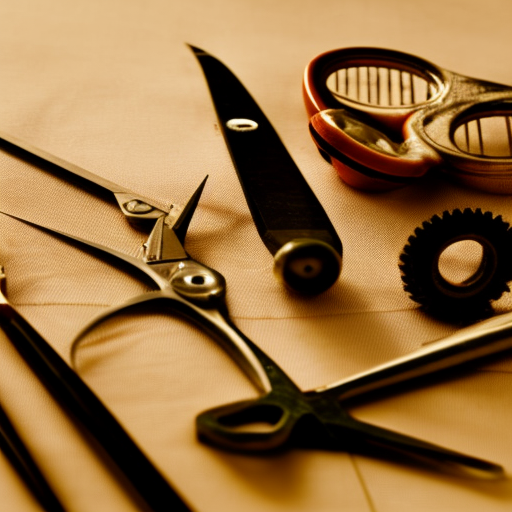
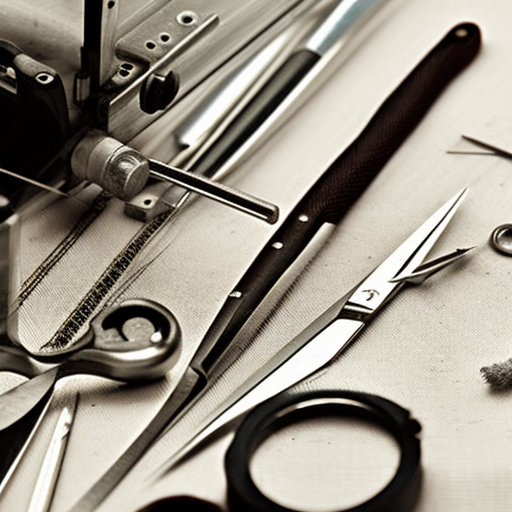
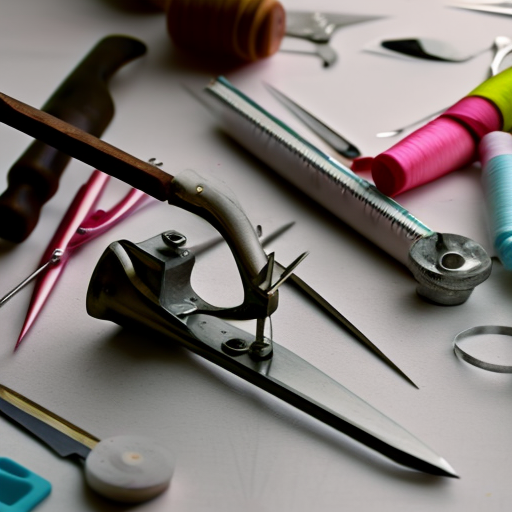
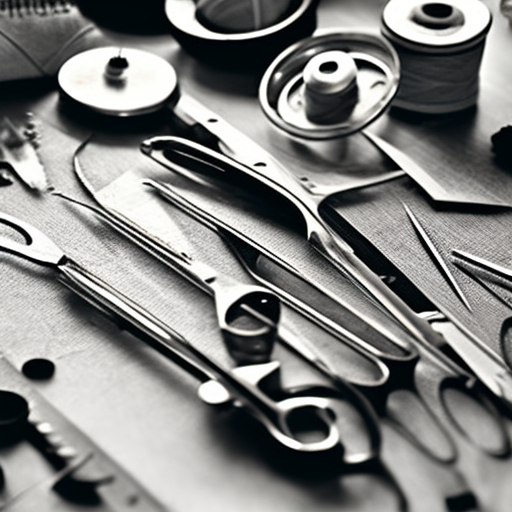
Very informative post!
Great post! It’s essential to understand what sewing tools you need to be successful in any sewing project – this post has all the information you need.
Thank you for the useful information!
I’m so glad there are resources like this to help understand the various tools and names associated with sewing! This is invaluable information for any person hoping to learn more about sewing.
Very helpful and resourceful!
This is a great post for anyone interested in learning the art of sewing! It is informative and easy to follow, offering a comprehensive overview of all the tools and their respective names. Very useful for beginners!